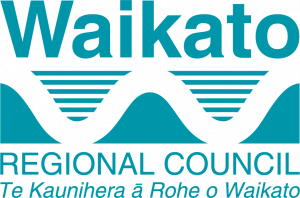Case studies. |
Waikato Regional Council (WRC) is charged with the care and protection of 25,000km2 of land, 10,000km2 of coast and 469,000 people. Decisions as to how that land, water and coastline is used and protected are guided by plans agreed with the public:
- Regional Plan
- Coastal Plan
- Regional Policy Statement
THE CHALLENGE.
Waikato Regional Council’s plans were published on their website in HTML format and PDF format, not easily searchable and without reference to physical locations. These plans guide stakeholders and the community, and are used by the public when submitting resource consent applications and by the council when making resource consent decisions.
The Ministry for the Environment (MfE), in consultation with local government, set out the National Planning Standards to improve consistency across council plans and their publishing – specifically online accessibility.
WRC’s plan authoring software was not meeting their needs and was not setup for the new national standards expectations.
The Ministry for the Environment (MfE), in consultation with local government, set out the National Planning Standards to improve consistency across council plans and their publishing – specifically online accessibility.
WRC’s plan authoring software was not meeting their needs and was not setup for the new national standards expectations.
HOW WE HELPED.
WRC chose the Isovist solution and asked Resolution8 to help project manage its implementation. Isovist is a software as a service solution.
The project was designed around three phases:
The solution went live in 2020 with no major issues and National Planning compliant plans are now being drawn up in the Isovist tool, under standard BAU processes
The project was designed around three phases:
- Migrate the existing plans to the new software (introducing geospatial links and correcting HTML issues)
- Implement the submissions management tool
- Evaluate the best way to move the plans into the new National Planning Standards.
The solution went live in 2020 with no major issues and National Planning compliant plans are now being drawn up in the Isovist tool, under standard BAU processes

